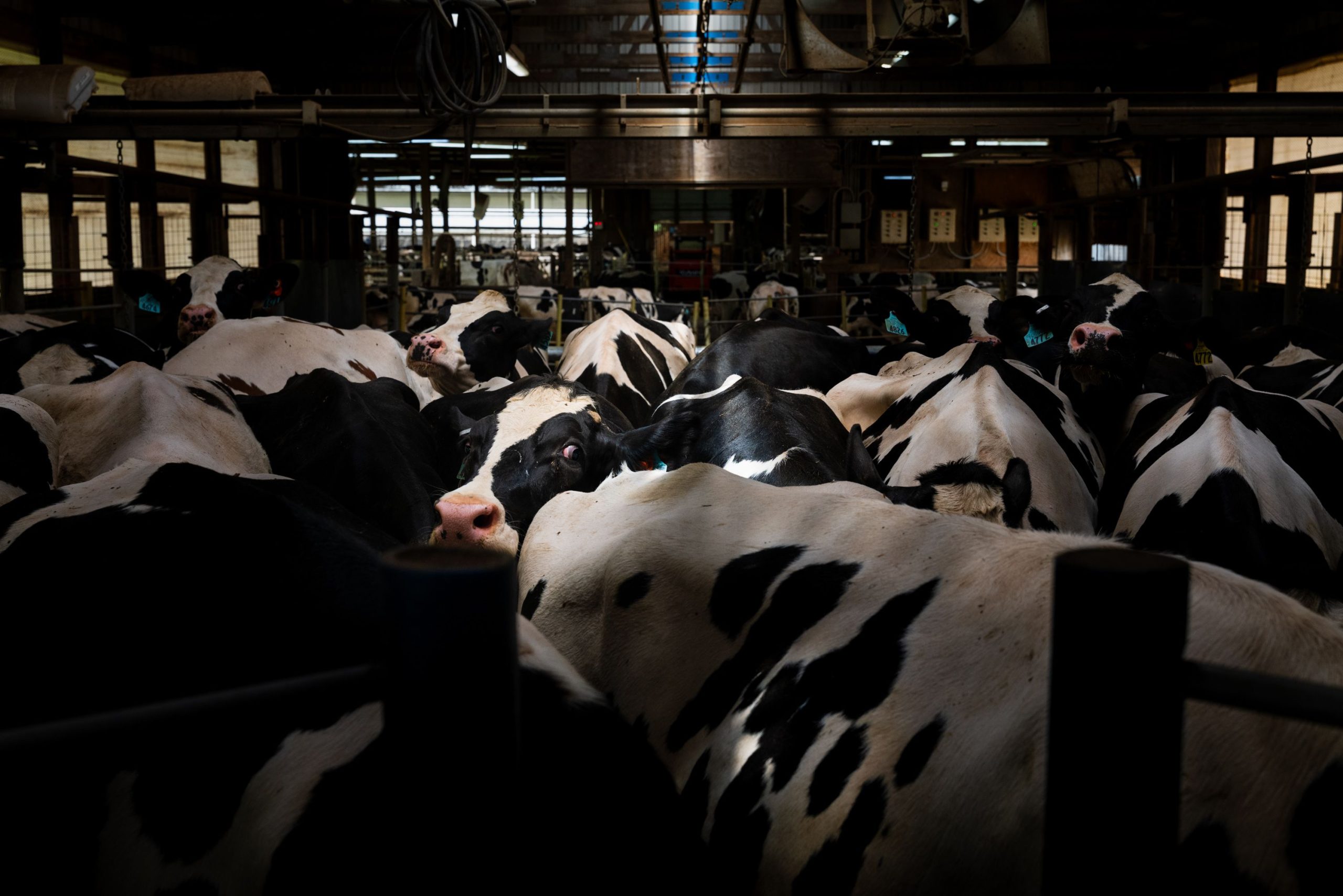The Colorado Department of Public Health and Environment (CDPHE) confirmed on Friday that around 70 dairy farm workers are currently being monitored for potential symptoms of avian flu.
These 70 workers were recently exposed to the virus while working at two dairy farms in Colorado, although the specific farms and individuals have not been identified.
At this time, none of the workers are reporting symptoms of infection, according to a CDPHE spokesperson. The agency will coordinate testing for any workers who develop symptoms and ensure that flu antiviral medications are available.
The U.S. Department of Agriculture first detected bird flu in a Colorado dairy herd on April 25. The second Colorado herd tested positive for the virus on Wednesday.
The virus was initially discovered in a Texas dairy herd in late March. A person from that Texas farm experienced mild symptoms, marking the only instance of illness related to this strain of the virus from dairy herds so far.
According to the World Health Organization, this individual is the first to contract this specific strain of avian flu from another mammal.
The first case of avian flu transmitted directly from birds to a human was reported two years ago, involving an inmate working at a commercial poultry facility near Montrose.
Highly Pathogenic Avian Influenza (HPAI) H5N1 is highly contagious and often deadly in birds, and can be transmitted between domestic poultry and wild birds.
“It is important to note that ‘highly pathogenic’ refers to the severe impact in birds, not necessarily in humans,” states the Federal Food and Drug Administration.
There is potential for pandemic levels of avian flu. A 2023 study showed that severe infections could result in high mortality rates among humans.
In experiments, twelve laboratory monkeys inhaled an aerosolized dose of the virus. Four out of six unvaccinated monkeys developed acute respiratory disease and died, while the six vaccinated monkeys became ill but survived.
“Human infections with avian influenza viruses can occur when the virus enters a person’s eyes, nose, or mouth, or is inhaled,” according to the Centers for Disease Control and Prevention.

“This can happen when the virus is in the air (in droplets, small aerosol particles, or possibly dust) and lands on the mucus membranes of the eyes or is breathed in, or possibly when a person touches something contaminated with the virus and then touches their mouth, eyes, or nose.”
As of the latest report, 42 dairy herds across nine states have tested positive for the virus. Federal testing of the commercial milk supply has detected “fragments” of the virus in milk after pasteurization.
Consequently, the USDA has deemed the nation’s milk supply safe, although there are higher risks associated with consuming or cooking with untreated raw milk.
The USDA continues to conduct regular testing for the virus and has issued an order requiring the testing of any lactating dairy cattle that cross state lines.
Additionally, the USDA is offering up to $28,000 in support to each of the 42 affected dairy farms and their workers.
The funds can be used for personal protective equipment, enhanced biosecurity measures for workers such as feed truck drivers and veterinarians, increased veterinary costs for dairy operators, and heat treatment systems (similar to pasteurization) to deactivate the virus in discarded milk.
The USDA is also working to provide funding to compensate dairy farmers for losses in milk production due to the virus.
While the impact of bird flu on dairy cattle health is generally moderate, cows show decreased appetite and lower milk production but tend to recover with treatment.
“I have seen many infected cows, and they appear dull and depressed, similar to how humans feel during a viral infection,” wrote Jason Lombard, a veterinarian and epidemiologist at Colorado State University.
The exact method of transmission of the disease to dairy cattle remains unconfirmed.
Bird flu has also been fatal to several cats on dairy farms in Texas, New Mexico, and Ohio that tested positive for the virus, according to the American Veterinary Medical Association.
